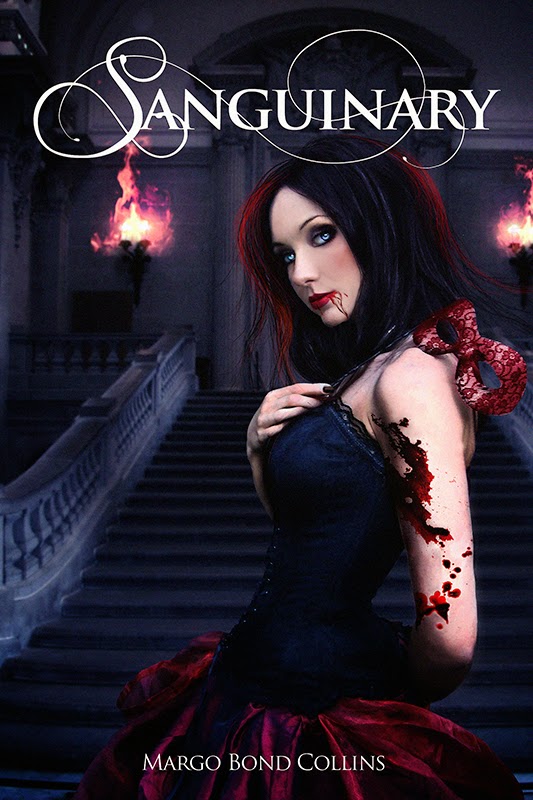Before we get into today's post, I want to remind you to be sure to check out the Paranormal Love Wednesday Blog Hop going on today--check out all of the great writers on this week's hop!
When I first found out about the opportunity to contribute to this blog on a regular basis, I hesitated (well, okay. Only for a minute. But still, it was a hesitation). Although I write romance, and I write paranormal fiction, and I write paranormal fiction that has love, sex, and romance in it, I haven't yet published anything that could be labeled strictly paranormal romance. Most of my paranormal fiction is categorized as Urban Fantasy, not PNR.
So of course, that made me think about what, exactly, constitutes paranormal romance, particularly as opposed to urban fantasy. I think it's interesting how often writers and editors of urban fantasy attempt to distance themselves from paranormal romance (though I'm not sure the reverse is true). In the introduction to Tachyon Press's The Urban Fantasy Anthology (2011), for example, three different section editors attempt to make it clear that their version of urban fantasy isn't actually paranormal romance.
Although none of the authors of the section introductions are entirely at ease with the term “urban fantasy,” Lansdale is the most outspoken: “It’s not my purpose here to round up these stories and brand them. They can be tagged to some degree, but they are not confined by the tag” (275). Lansdale also notes that “this section of stories owes less to Buffy the Vampire Slayer and more to noir and writers who tripped the dark fantastic with gleeful enthusiasm” (276) such as Raymond Chandler, Dashiell Hammett, Ernest Hemingway, Richard Matheson, Ray Bradbury, Harlan Ellison, and Flannery O’Connor (among others). (Notice the distinct lack of romance writers.)
Charles de Lint writes that he “found the terms ‘urban fantasy’ and ‘contemporary fantasy’ unsatisfactory . . . partly because not all the works we were looking at were urban, or set in the present day” (18).
Like the other section editors, Paula Guran is uncomfortable with the term “urban fantasy”—but unlike de Lint and Lansdale, she also takes exception to the term “paranormal romance,” noting that many of the works categorized as paranormal romance are as likely to trace their origins to other genres. As she points out, Charlain Harris’s initial Southern Vampire Mysteries novel (the basis for the HBO series True Blood) “won an Anthony Award as Best Paperback Mystery of 2001” (139, emphasis Guran’s).
What all this seems to add up to is a shared conviction that paranormal romance is something to be disavowed--the dirty secret, the unwanted love-child, the unsophisticated and inappropriate family member who insists on remaining part of the family no matter what.
Ultimately, though, there's no getting away from it--part of why we love the paranormal is the paranormal lovin'. And even the most hard-boiled detective novel--if it has, say, a vampire or a werewolf--is going to hint at its deep-rooted connection to paranormal romance. It's simply impossible to read about those characters without understanding, on some level, that eroticism is at play, even if only subliminally.
So here, we'll be featuring and celebrating all kinds of paranormal love in our fiction.
We'd love it if you came to celebrate it with us.
~Margo
______________________________
Join
Margo Bond Collins' Night Shift for a SALE!
Through February 4, get Sanguinary for $.99
and Bound
by Blood FREE from Amazon!
Night
Shift Novel 1
Only
fifty years left before vampires rule the world.
When
Dallas police detective Cami Davis joined the city's vampire unit, she planned
to use the job as a stepping-stone to a better position in the department.
But
she didn't know then what she knows now: there's a silent war raging between
humans and vampires, and the vampires are winning.
So
with the help of a disaffected vampire and an ex-cop addict, Cami is going
undercover, determined to solve a series of recent murders, discover a way to
overthrow the local Sanguinary government, and, in the process, help win the
war for the human race.
But
can she maintain her own humanity in the process? Or will Cami find herself,
along with the rest of the world, pulled under a darkness she cannot oppose?
_____________________________________________
Night
Shift #2 ~ A Novella
Sometimes the monsters in the dark are real...
As a child, Lili Banta ignored her grandmother's cryptic warnings to avoid children outside their Filipino community in Houston. When many of those other children fell ill, Lili ignored the whispers in her community that a vampiric aswang walked among them.
Years later, Lili returns to Houston to work for the Quarantine Station of the Center for Disease Control—but she is plagued by dark, bloody dreams that consume her nights and haunt her days. When a strange illness attacks the city's children, Lili is called in to find its source, and maybe even a cure.
But in order to save the city, she must first acknowledge the sinister truth: A monster stalks the night—closer than she ever expected. . .
_____________________________________________
About the Author
Margo Bond Collins is the author of
urban fantasy, contemporary romance, and paranormal mysteries. She has
published a number of novels, including Sanguinary,
Taming the Country Star, Legally Undead,
Waking Up Dead, and Fairy, Texas.
She lives in Texas with her husband, their daughter, and several spoiled pets.
Although writing fiction is her first love, she also teaches college-level
English courses online. She enjoys reading romance and paranormal fiction of
any genre and spends most of her free time daydreaming about heroes,
monsters, cowboys, and villains, and the strong women who love them—and
sometimes fight them.
_____________________________________________
Connect with Margo
_____________________________________________




Great post! :)
ReplyDeleteI agree, Margo, part of the charm of the paranormal is the sexiness of otherworldly characters, finding the romance among the "monsters." Enjoyed the post!
ReplyDelete